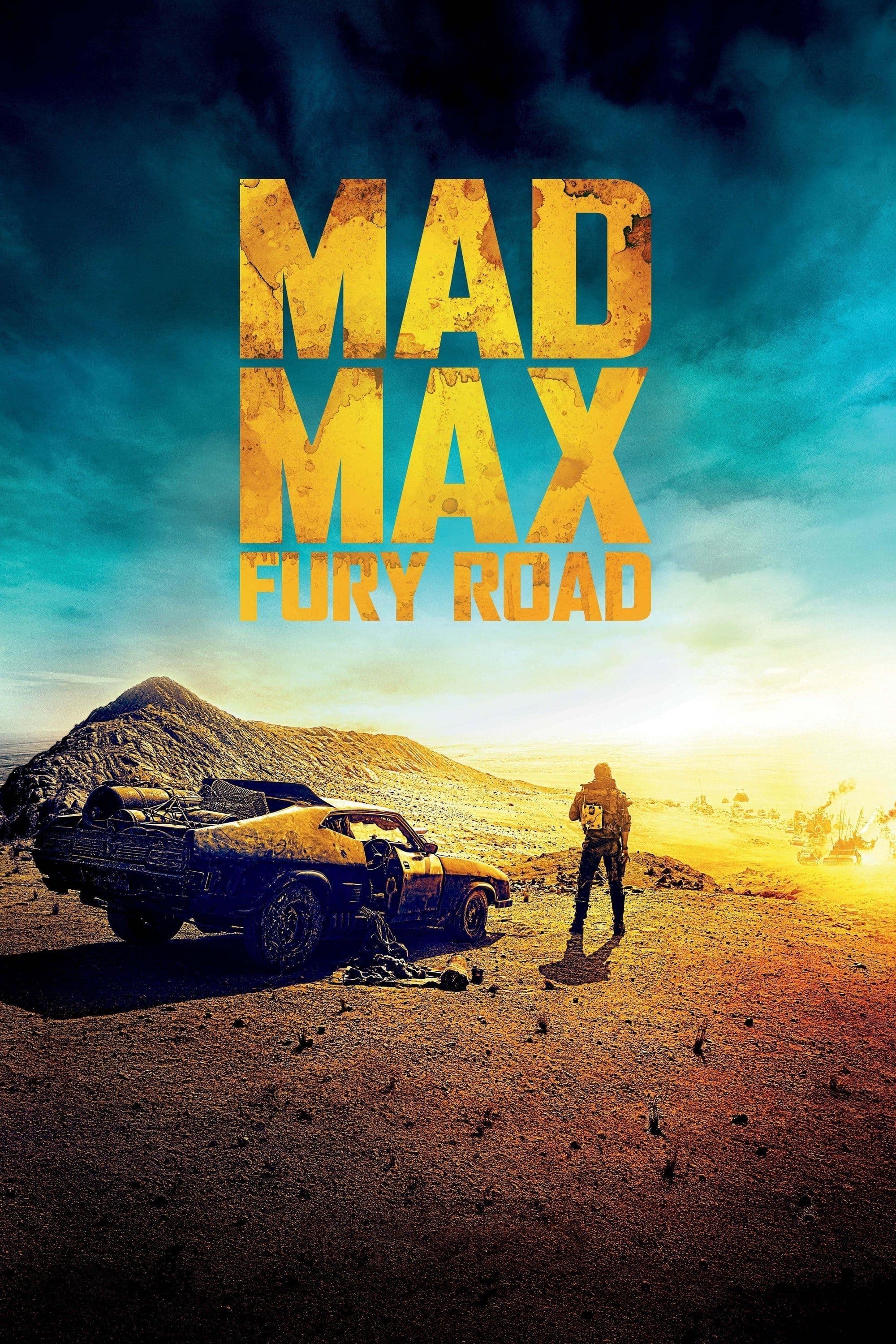
Mad Max: Fury Road
2015
Rate this movie
Average: 4.00 / 5
(2 votes)
Director
A narrative horizon where madness meets spectacle, where high-octane meets the dust of the road, in one of the greatest action films ever made. A motorized symphony that transcends the genre, elevating itself to a kinetic and baroque work of art, a visual fresco of rare power.
Mad Max Fury Road is a teeming vortex of unconscious monsters that take on the surreal forms of relentless, dreamlike pursuers, emerging from dark corners of the mind to torment the rationality of those hunted by their own madness. A lucid nightmare projected onto a titanic screen, where Max's inner demons manifest in the rawness of a collapsed world, a mirror of his tormented psyche. The protagonist's alienation becomes universal, a visceral warning about the fragility of human reason in the face of catastrophe.
George Miller tackles the reboot of his saga exactly thirty years after the release of the last chapter of the Mad Max trilogy (The Road Warrior, the second installment of the trilogy, is featured on this list), a narratively very risky operation that Miller resolves with an adrenaline-fueled work centered on a man tormented by the ghosts of memory, who utters very few words, and who undergoes a decisive character transition, moving from the brooding hero of the first saga to a hallucinated witness of an era that seems not to belong to him. His is a bold re-elaboration, not a mere recycling: Miller, far from indulging in nostalgia, reinterprets his own myth with the wisdom of one who has thoroughly explored the intricacies of narration, transforming his cinematic alter ego into an almost archetypal entity, a silent survivor whose path to (partial) redemption unfolds through action and sacrifice, rather than through dialogue.
Mad Max: Fury Road is also one of the films with the most troubled genesis in the history of cinema: its story began in 1995 with Miller's project to create a fourth installment of his saga. This production ordeal, lasting almost two decades, is emblematic of the director's iron will to bring an uncompromising vision to life.
Political and economic vicissitudes brought the project to the brink of collapse multiple times until in 2006, after changing hands, it was acquired by Warner Bros, which gave Miller carte blanche on its production. Miller hired the English comic book artist Brendan McCarthy, who drew for him some 3500 panels for the storyboard, which gave iconographic substance to the project, shaping a solid narrative skeleton upon which to build the work that nevertheless had to wait ten more years before seeing the light of day. A process that, in retrospect, reveals itself almost as a gestation, an incubation necessary to forge a work of such visual density, conceived from the ground up as a kinetic epic where every frame is a painting in motion, a direct extension of its creator's mind.
In an unspecified future where human society has undergone a post-atomic collapse and absolute desolation reigns, Max wanders, an adventurer adrift, tormented by the ghosts of his family lost during the crisis. The Wasteland is not merely a backdrop, but a character in its own right: a desolate, arid, and sick land, a reflection of the wounds inflicted on the environment and the human soul, a dystopian warning that resonates unsettlingly even in our present, haunted by resource scarcity and environmental degradation.
In the film's opening scene, Max is captured by the War Boys, a band of marauders led by Immortan Joe, devoted to the cult of chrome and octane, worshippers of chromed monsters that devour distances and men. Joe's Citadel is an architectural and social aberration, a bloody feudal stronghold where water is currency and power is based on coercion and a distorted messianic veneration.
Max is taken to the band's citadel where he is held prisoner as a "blood bag," a sacrificial role that the band assigned to those used as blood donors to reinforce the health of Immortan Joe's disciples. A raw metaphor for the most abject exploitation and commodification of the human body. The supreme leader has instilled a cult of his person among his acolytes, so much so that his lineage is considered a divine right, to fulfill which Joe has built a Harem with wonderful maidens whose task is to give him new heirs. These "Wives," a symbol of purity and fertility desperately sought in a contaminated world, become the focal point of a rebellion that is simultaneously a quest for freedom and an affirmation of renewed femininity.
Furiosa, a high-ranking War Daughter, an imposing and complex figure, is tasked with driving a War Rig, a type of armored and heavily armed mobile fortress, towards Bullet Farm to resupply with weapons. In reality, Furiosa frees Joe's Harem favorites and hides them in the vehicle to save them, leading them towards an unspecified Eden known to her. A heroic and traumatized figure, Furiosa embodies resilience and hope, her mechanical arm a visible scar of a brutal past and at the same time a symbol of adaptation and indomitable strength.
As soon as he learns of the betrayal, Joe launches into pursuit of Furiosa with all the Citadel's vehicles, also involving Max, who is loaded into one of the vehicles as a human shield. Thus begins one of the most incredible chases in the history of cinema, where every frame is filled with an extreme aestheticizing force that transforms every bloody action into an iconographic resource of fierce beauty. It is not a simple chase, but a choreography of destruction, a metallic ballet of explosions and deformed car bodies, orchestrated with maniacal precision that sets a new standard. The predominant use of practical effects, breathtaking stunts, and cinematography that enhances the contrast between the burning orange of the desert and the steel blue of the sky, gives the film a rare physicality and palpability. The deafening sound of souped-up engines and the thunderous impact of collisions merge into a visceral soundtrack that drags the viewer into the heart of an unparalleled post-apocalyptic epic. A lesson in action cinema that elevates the blockbuster to an art form, where the plot unfolds in the roar of engines and catharsis emerges from the dust and fury.
Main Actors
Countries
Gallery
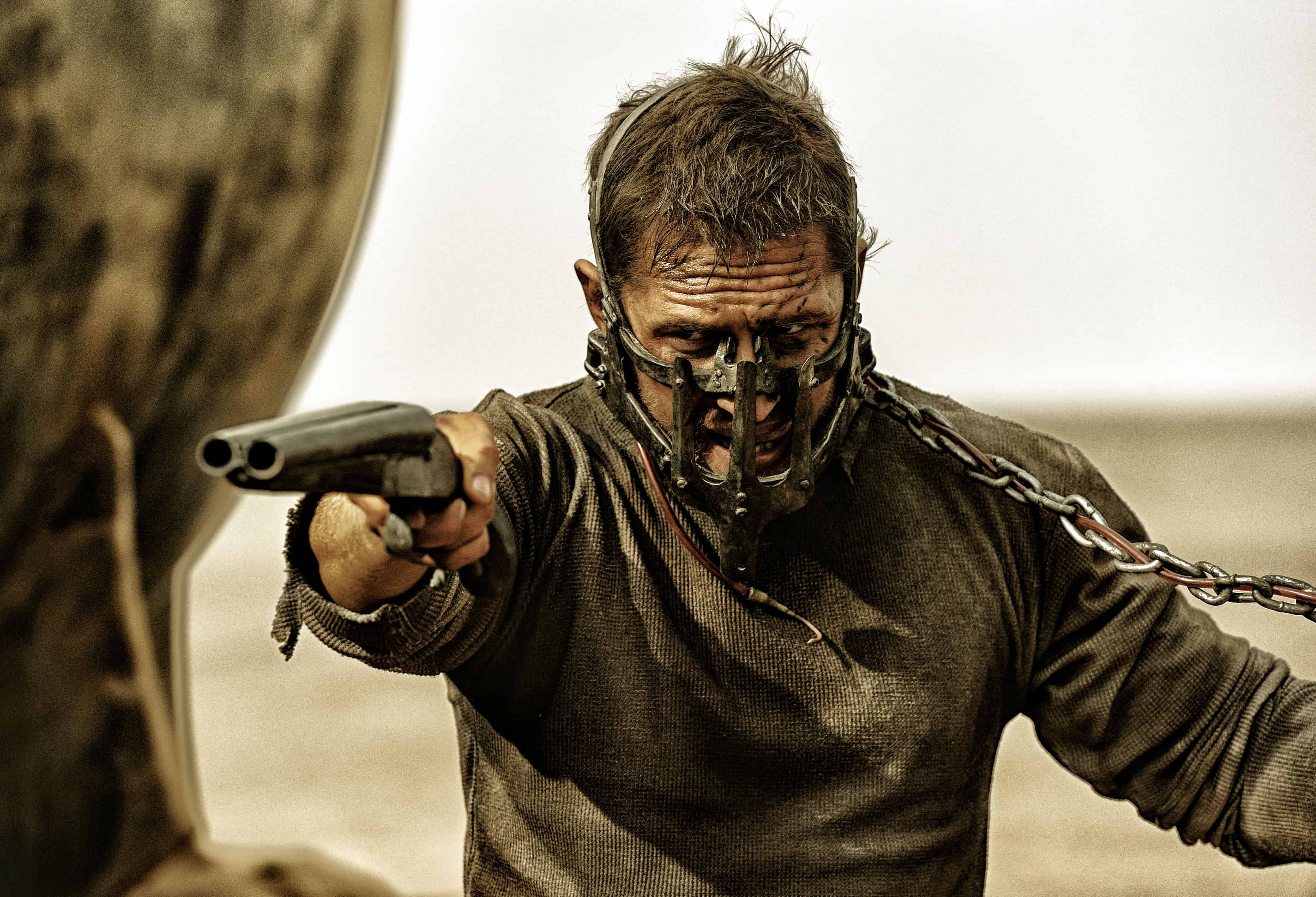
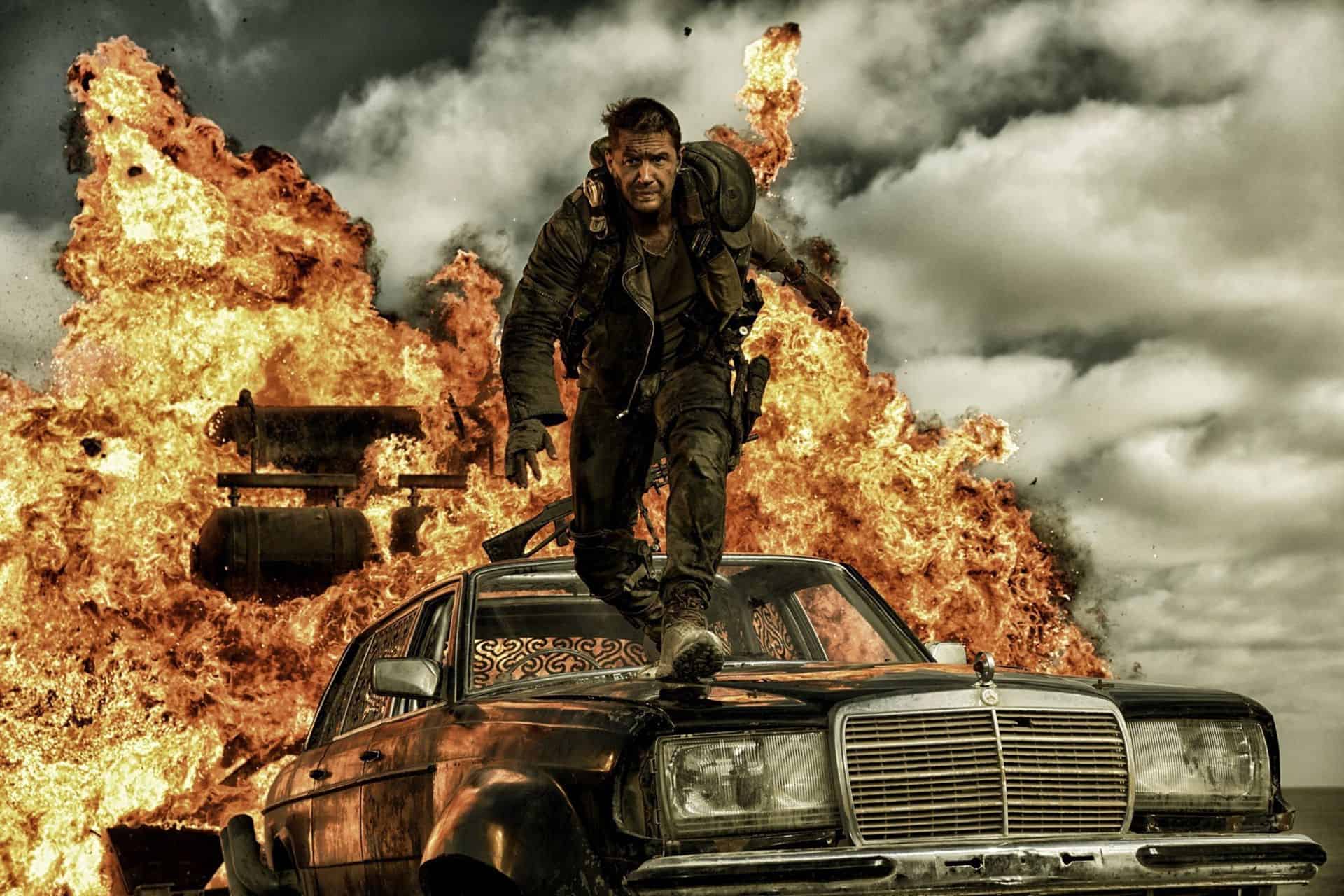
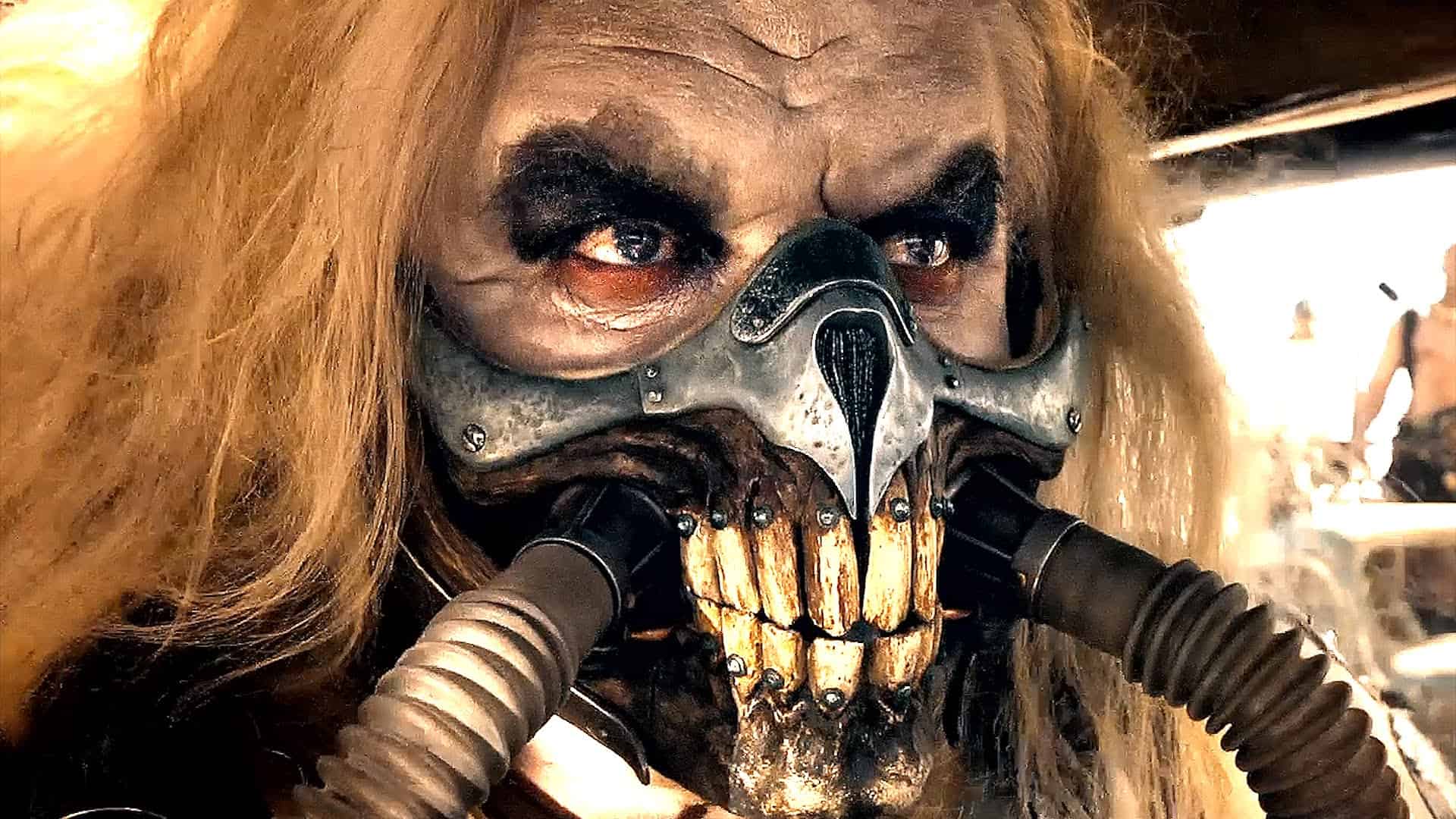
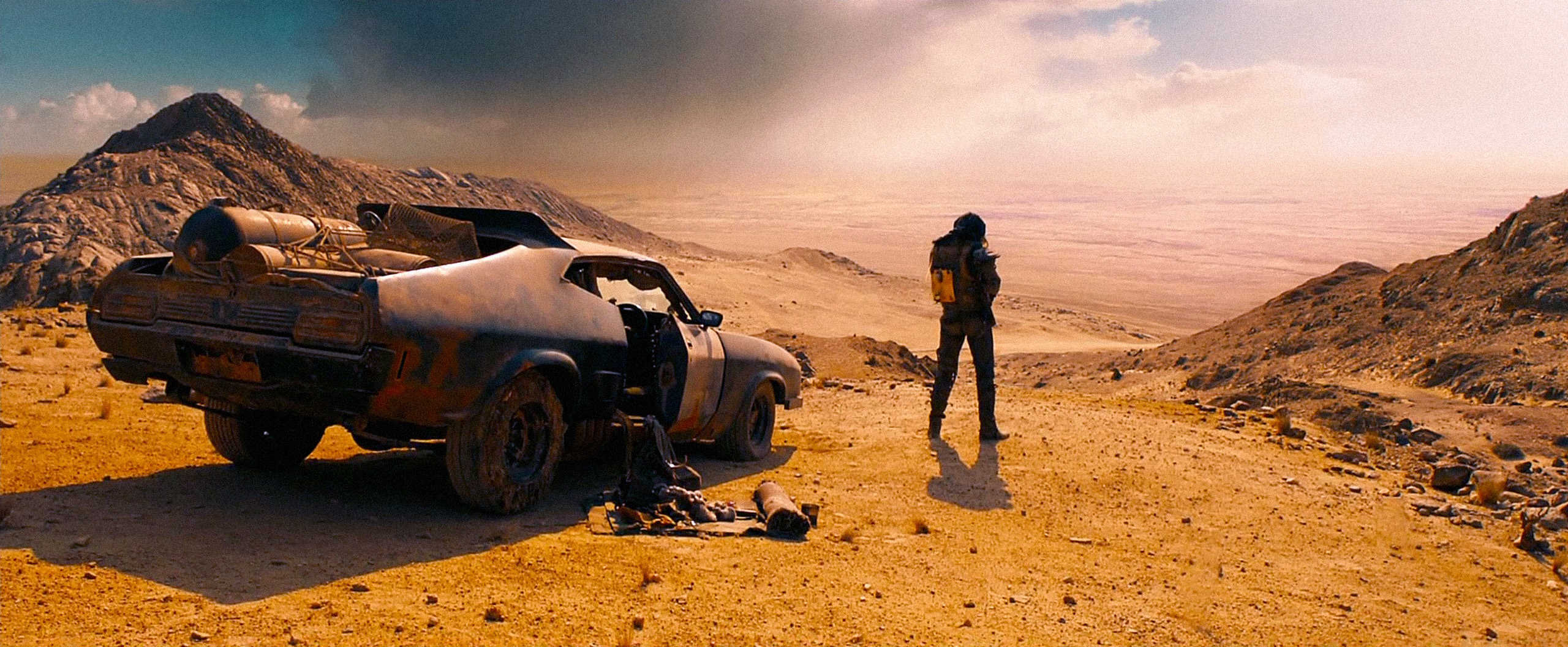
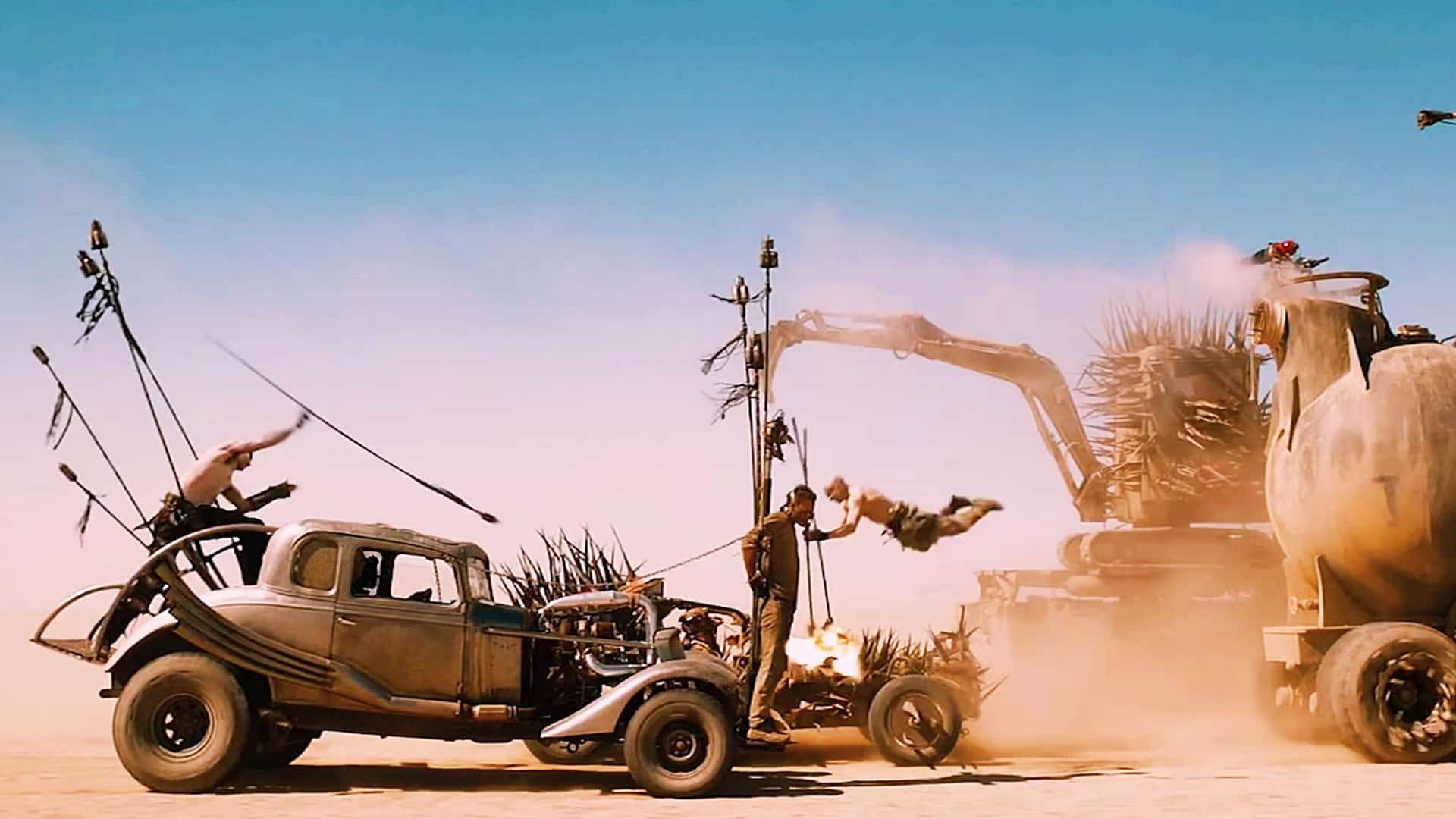
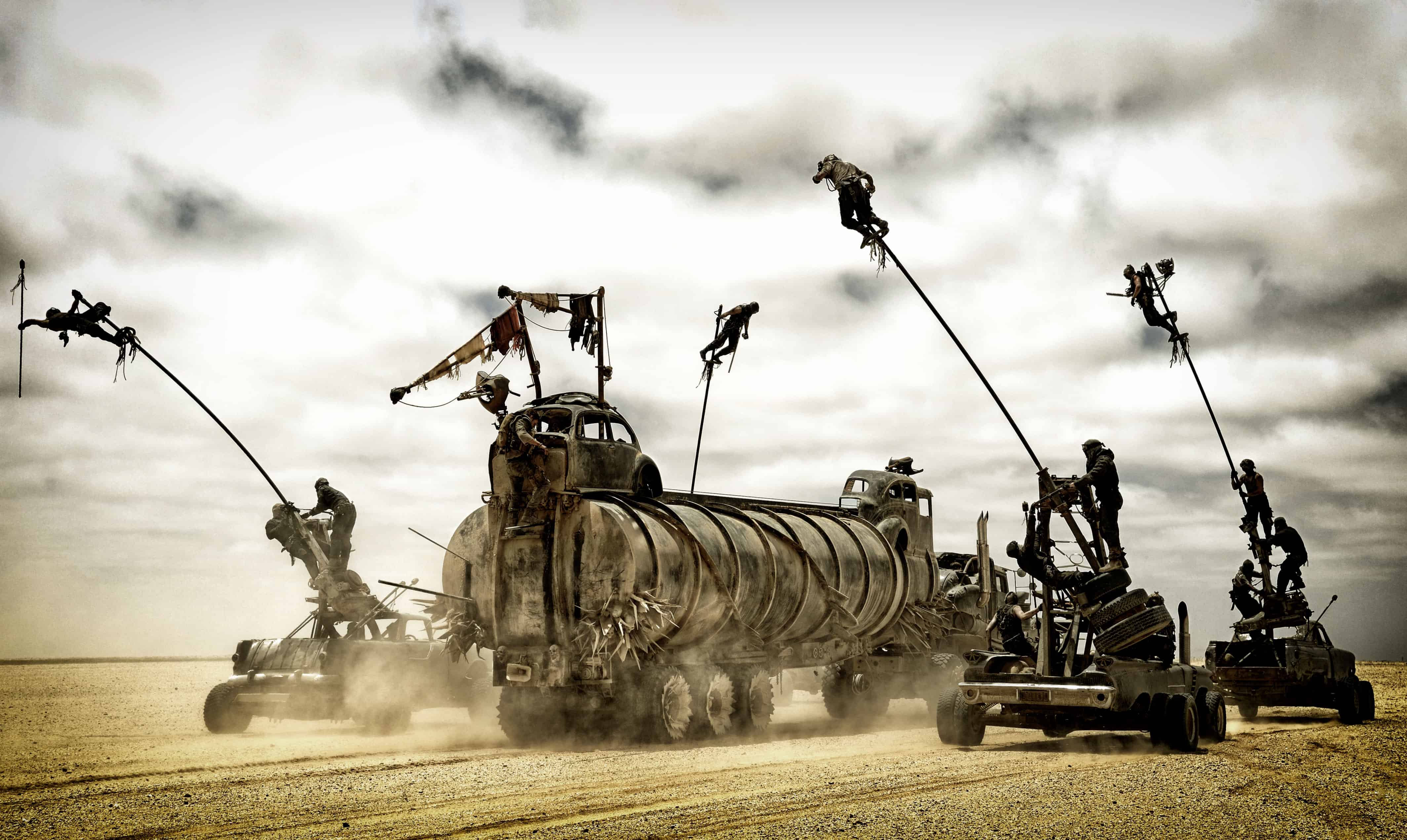

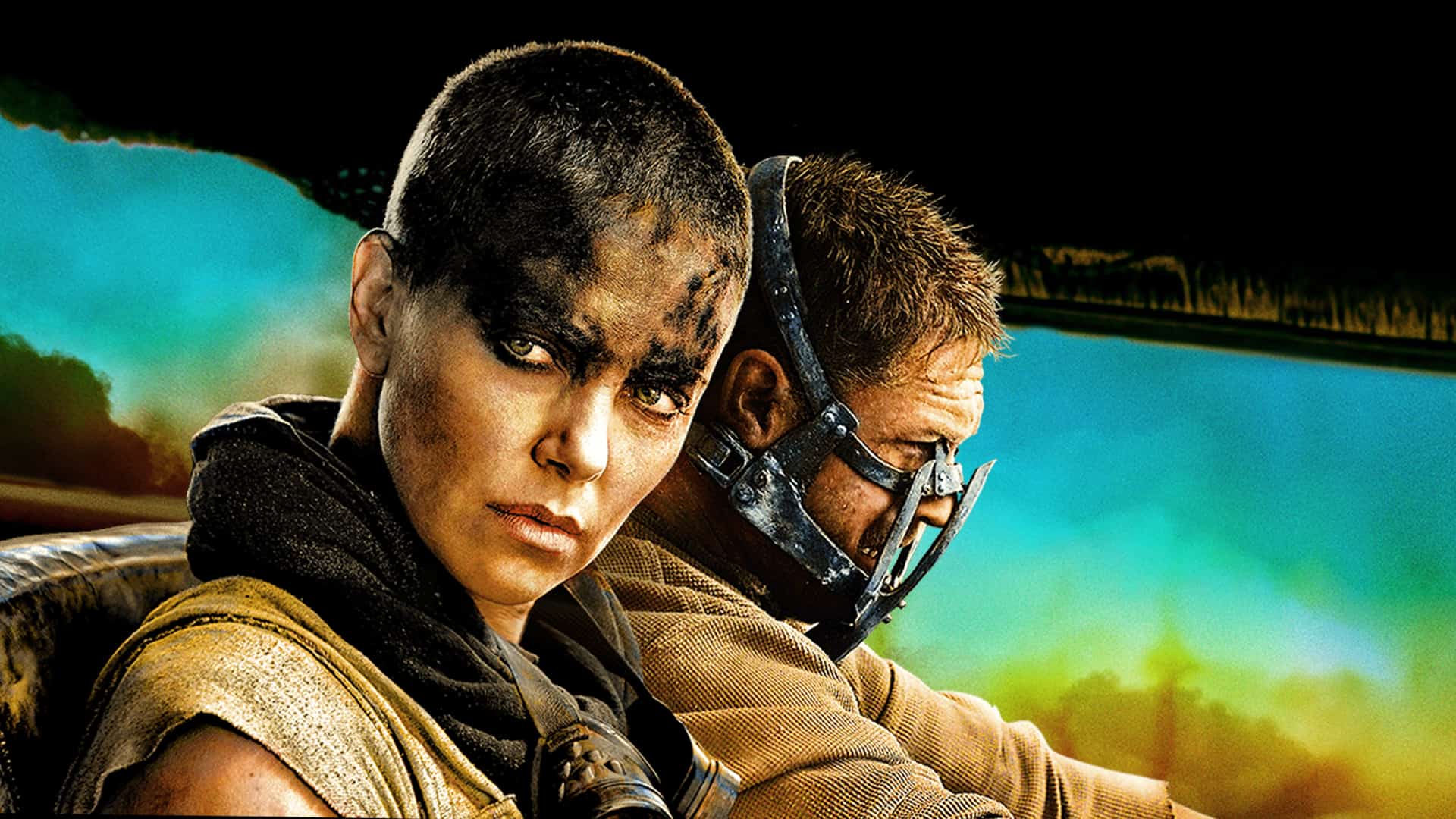
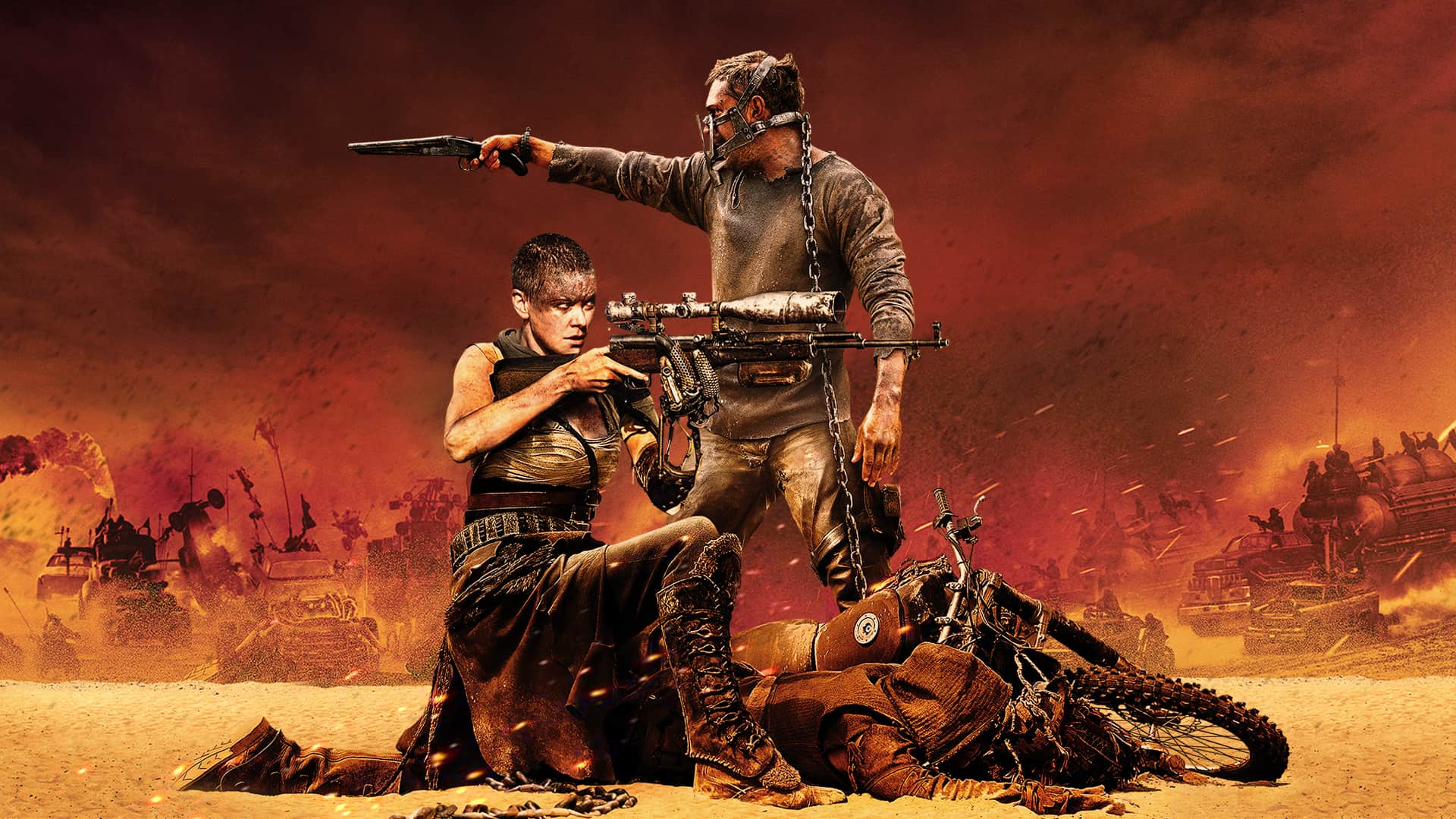
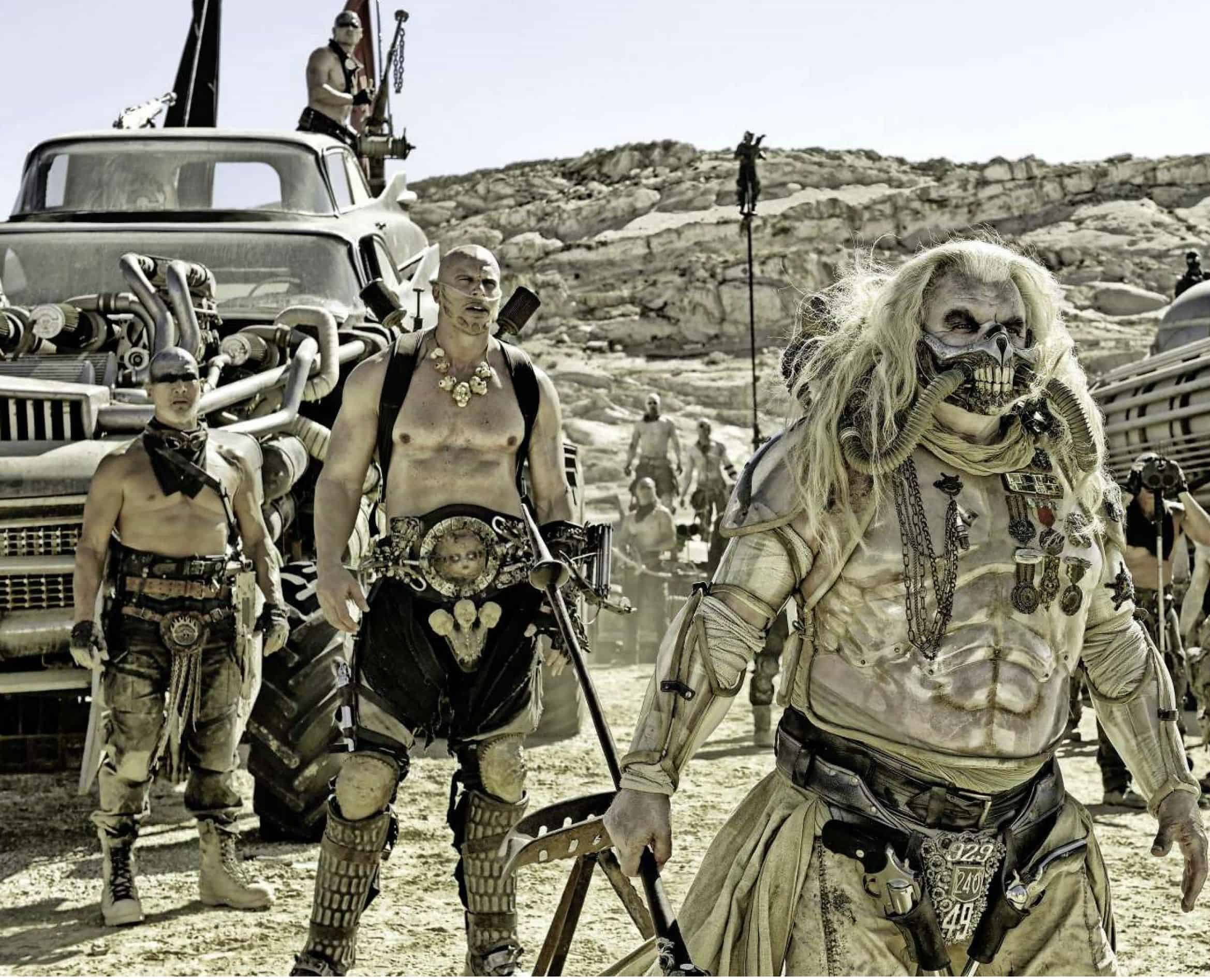
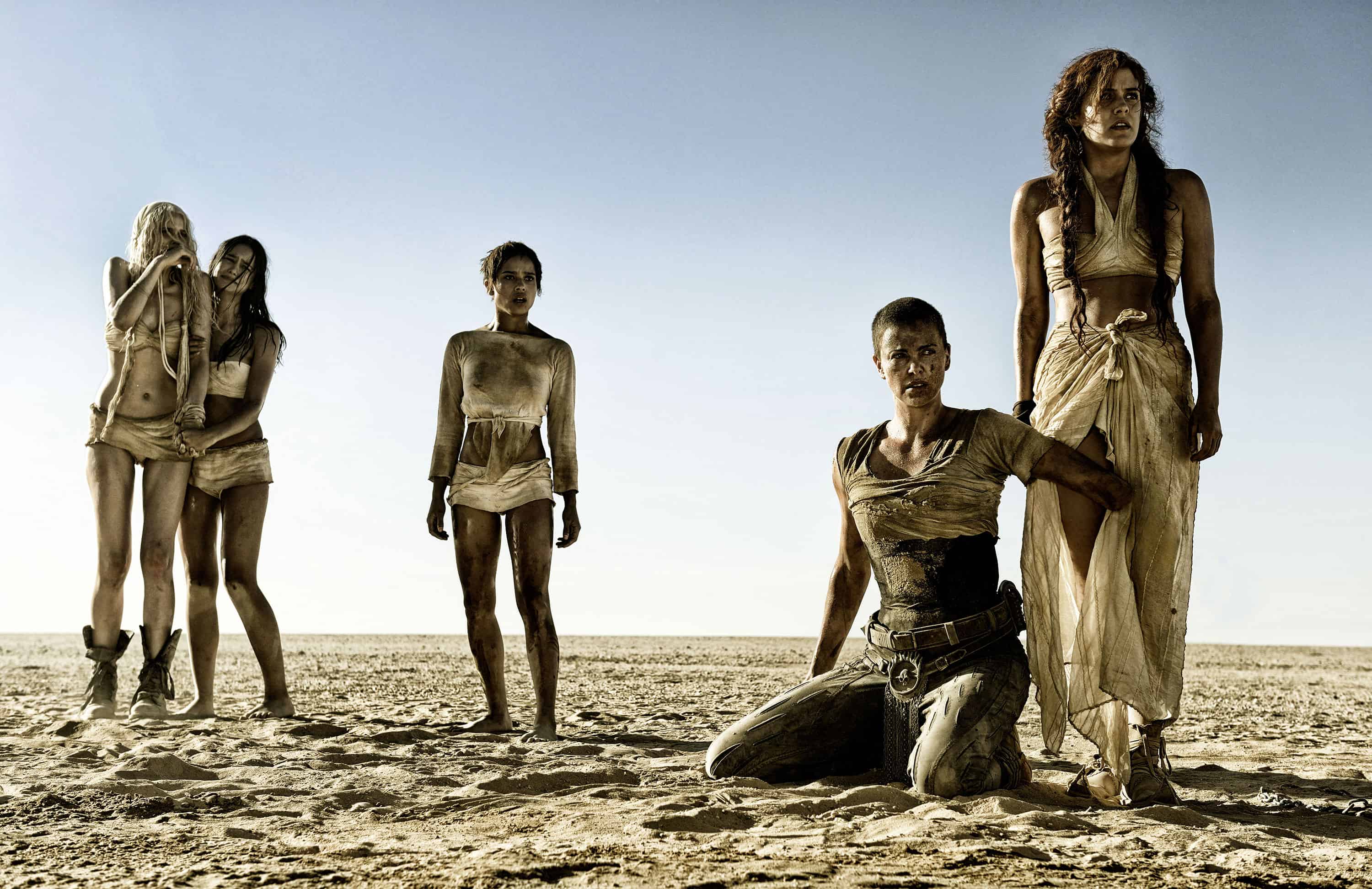
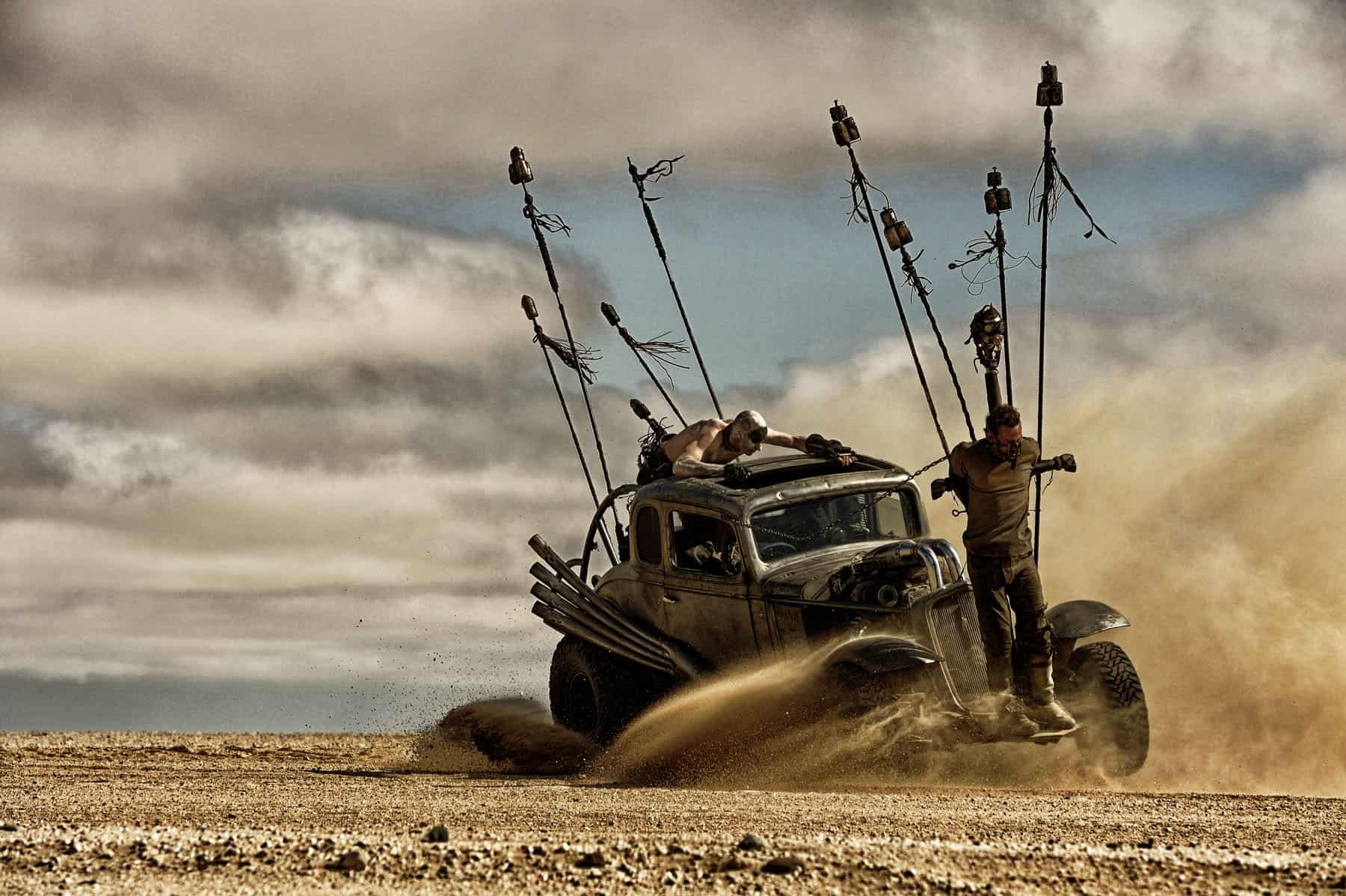

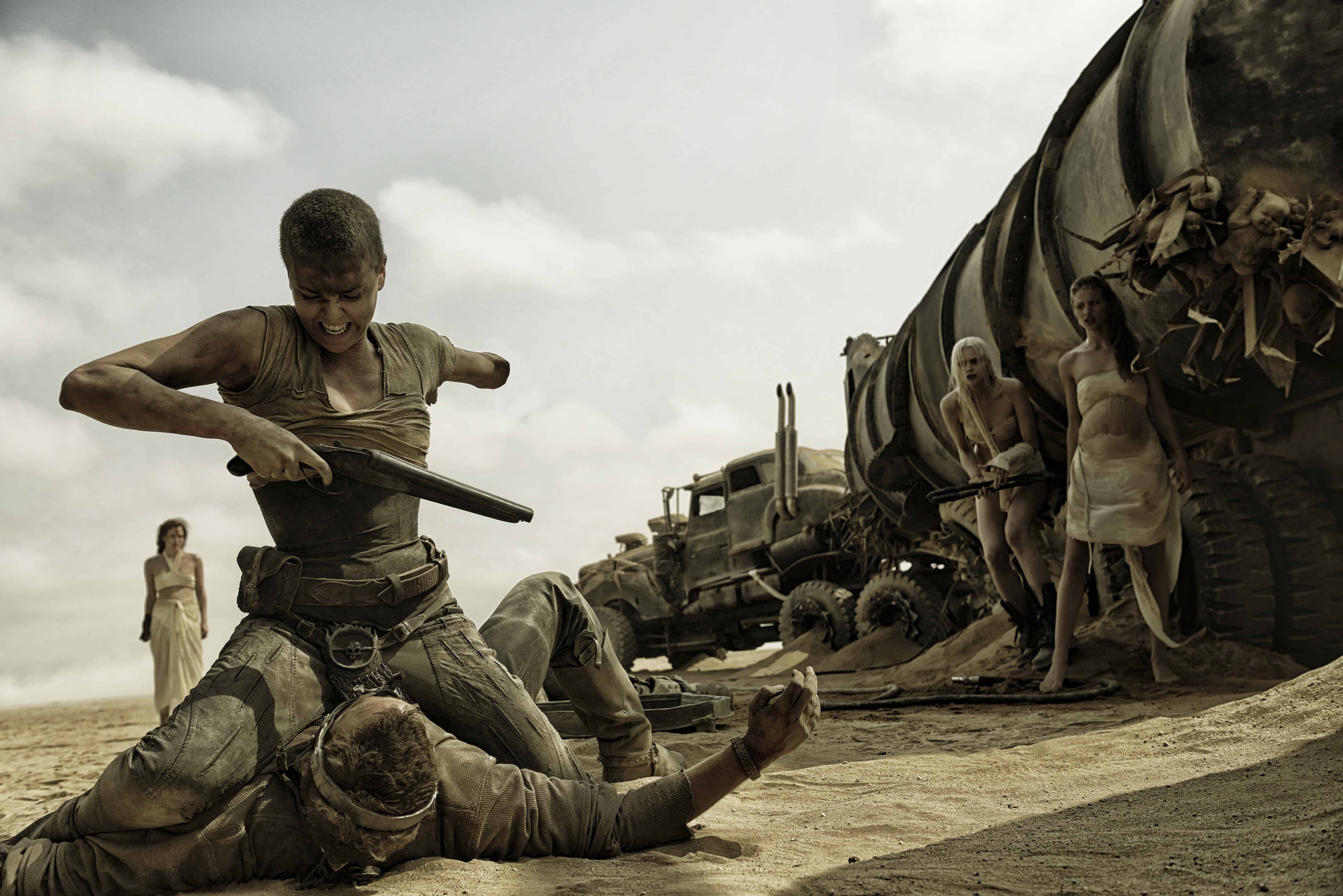
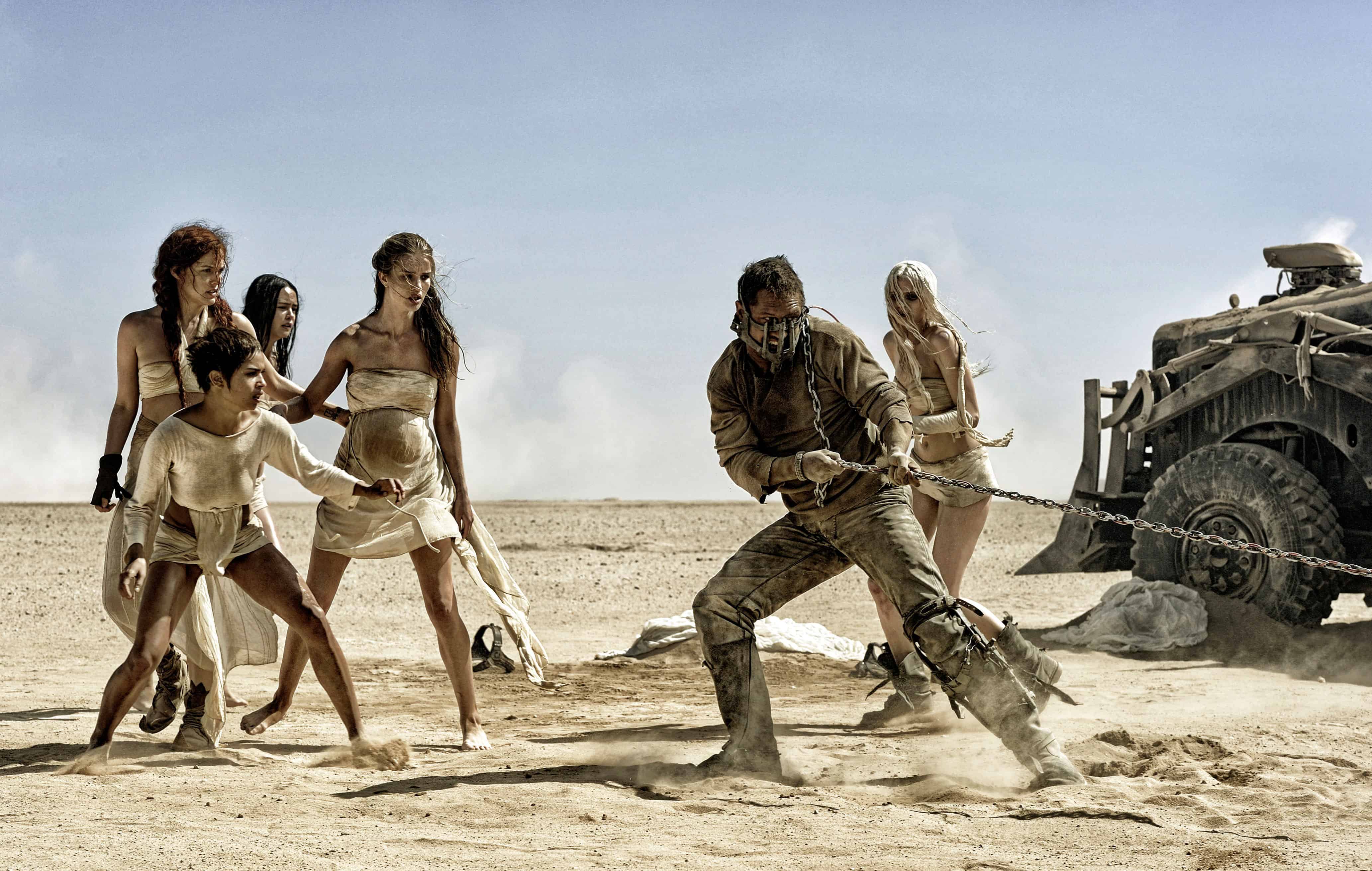

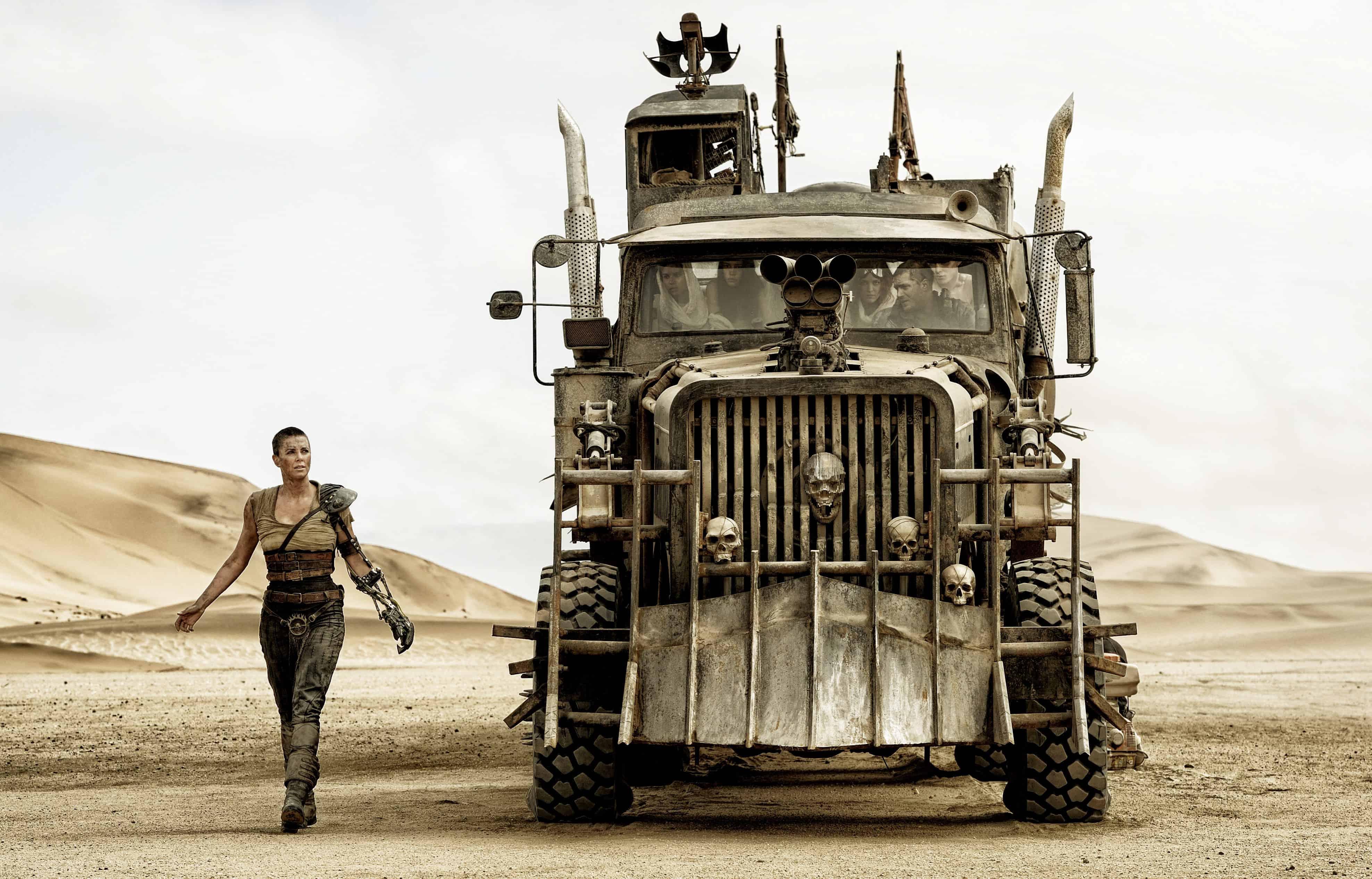


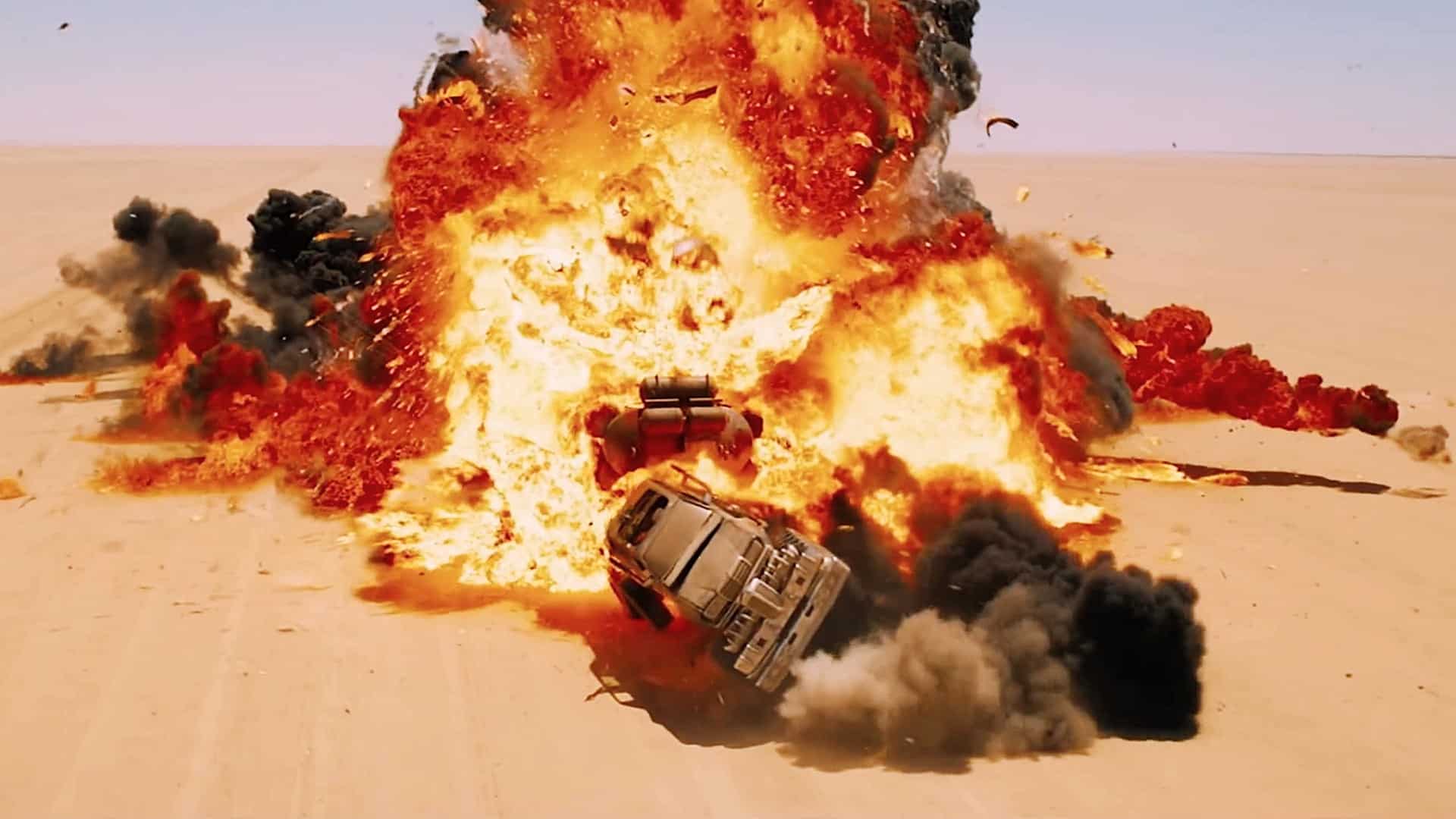
Comments
Loading comments...